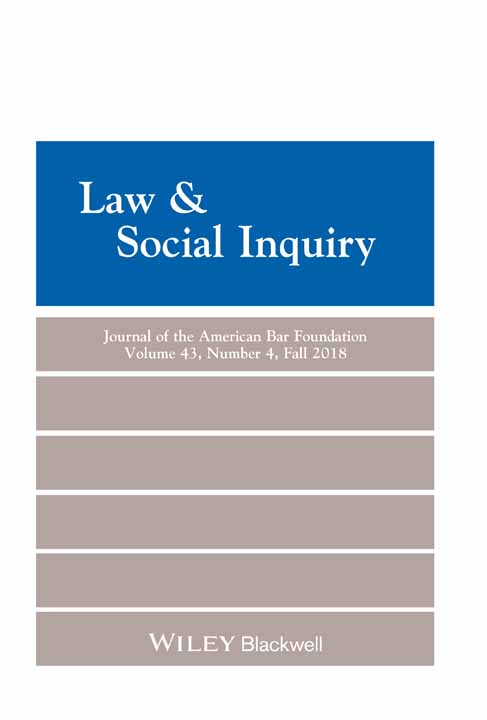Views from the Front lines: Observations by Chicago Lawyers About the System of Civil Discovery
He would like to take this opportunity to express his appreciation to several people who contributed significantly to this project. As research associate, Janna Dee Bounds helped design the questionnaire and structure the sample group and, most important, conducted interviews of about 70 attorneys. Her perseverance and professionalism were crucial to the success of the entire undertaking. As research assistants, Jennifer Ballsrud and Kenneth Ashlock painstakingly transferred data from questionnaires to computer coding forms, organized qualitative responses, and digested computer printouts. Sheila Schneider and Roberta Painter performed numerous technical services very expeditiously. Clara Carson, Phyllis Satkus, and Betsy Reed helped draft coding instructions and wrote several programs for the computer analysis. Finally, Spencer Kimball, Barbara Curran, Louis Potter, and Jack Heinz made important contributions to the design of the study and to the structure and content of the questionnaire.
Abstract
This is the first in a series of articles that will report the results of a pilot effort to assess how well the system of civil discovery is working and to identify the principal problems which burden that system. The study revolves around interviews with 180 Chicago area litigators. This first essay, which synthesizes observations, insights, and complaints by interviewed attorneys, suggests that the world of civil discovery is not one monolithic whole, but consists of subworlds which exhibit clearly distinguishable features and problems. In addition to describing the principal problems which afflict the discovery system in its two major subworlds, the author reports what the interviewed lawyers suggest are the primary causes of those problems. While the litigators identify many ways in which the character of lawyering encumbers and disrupts the discovery process, they also locate much of the blame for the system's problems in the behavior of judges and the inefficiency of the judicial machinery. The interviews produced a dramatically widespread appeal to the courts to increase use of sanctions as a means of restraining discovery abuse.




